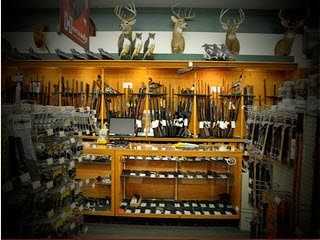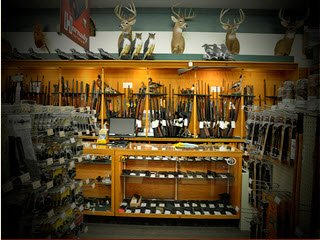 I walked into a local sporting goods store a few weeks ago just to do some “window shopping.” Having established my staple of gear several years ago, it had been a long time since I’d actually ventured outside of the ammo section for a quick munitions purchase. Within seconds it was pretty clear to me that I’d missed a lot. Taking a cue from the adventure sports crowd, hunting clothing and gear technology has skyrocketed along with the price. Four hundred dollar silent fabric parkas, digitally enhanced photographic decoys and moisture wicking synthetic undergarments adorned the racks. To be honest, I am pretty sure that any hunter with this contemporary apparel could summit Everest in the same gear they use to summit their tree stand. I made my way over to the call section to find a small selection of old standbys. The duckbuster, duck commander, and long honker were all well represented alongside your classic yentzens. “Well good!” I said with relief, thinking that at least nothing had changed in that department. To my surprise, I located a much broader selection of calls a few moments later in the same locked glass case as the handguns. Space aged resin molded calls with gold or platinum plated rings sat next to exotic hand carved cocobolo and bubinga pieces all boasting triple digit price tags filled the case with twice as many options and styles as the “over the counter” calls. Furthermore, the acrylic and resin calls came in so many colors and designs I thought I’d accidentally stumbled into a head shop.
I walked into a local sporting goods store a few weeks ago just to do some “window shopping.” Having established my staple of gear several years ago, it had been a long time since I’d actually ventured outside of the ammo section for a quick munitions purchase. Within seconds it was pretty clear to me that I’d missed a lot. Taking a cue from the adventure sports crowd, hunting clothing and gear technology has skyrocketed along with the price. Four hundred dollar silent fabric parkas, digitally enhanced photographic decoys and moisture wicking synthetic undergarments adorned the racks. To be honest, I am pretty sure that any hunter with this contemporary apparel could summit Everest in the same gear they use to summit their tree stand. I made my way over to the call section to find a small selection of old standbys. The duckbuster, duck commander, and long honker were all well represented alongside your classic yentzens. “Well good!” I said with relief, thinking that at least nothing had changed in that department. To my surprise, I located a much broader selection of calls a few moments later in the same locked glass case as the handguns. Space aged resin molded calls with gold or platinum plated rings sat next to exotic hand carved cocobolo and bubinga pieces all boasting triple digit price tags filled the case with twice as many options and styles as the “over the counter” calls. Furthermore, the acrylic and resin calls came in so many colors and designs I thought I’d accidentally stumbled into a head shop.
Don’t misunderstand me, I’m not maligning these advancements. Certainly, for those who can afford them, these new materials and camouflage patterns have the potential to greatly improve the comfort, safety and successfulness of any hunter. Not to mention the blind-cred given to today’s hunting fashionistas. But try as I might, I’ve yet to read anything about whether or not a Goretex 9 million denier silicone impregnated polyester weave fabric with titanium flake immersion treatment can adequately retain substantial amounts of the most important factor known to hunting: luck.
While product field testers and R&D professionals rigorously attempt to quantify that, I’ll keep using my wool knit stocking cap with embroidered green-head design gifted to me by my father in 1988. Frankly, I don’t even have to wear it. Most of the time just having it in the bag is good enough to coax those mallards into making another pass. Sometimes canvasbacks require it to be firmly in place on my head though. In fact, most of my gear has been handed down to me. Sure, some of it was purchased new as Christmas and birthday gifts over the years. But by and large my gear closet is comprised of essentially the same materials and designs as my grandfather’s splotchy green and brown camo jackets from the 50’s and 60’s. Sure, his gear was new and cutting edge at some point too, and my point is not to take the stance of a purist and say that “older is better” in the same way that vinyl trumps compact disk. But I think that it’s easy to give into the marketing hype and believe that better gear makes a better hunter. Heck, sometimes newer IS in fact better, but I’m not sure that a slick new composite stock, machine-gun-fast Binelli 3 ½” 12 gauge will necessarily make me a better hunter than using the 2 ¾ Remington 1100 I inherited from my grandfather. And even if it did, I’m not sure that I’d want it to.








